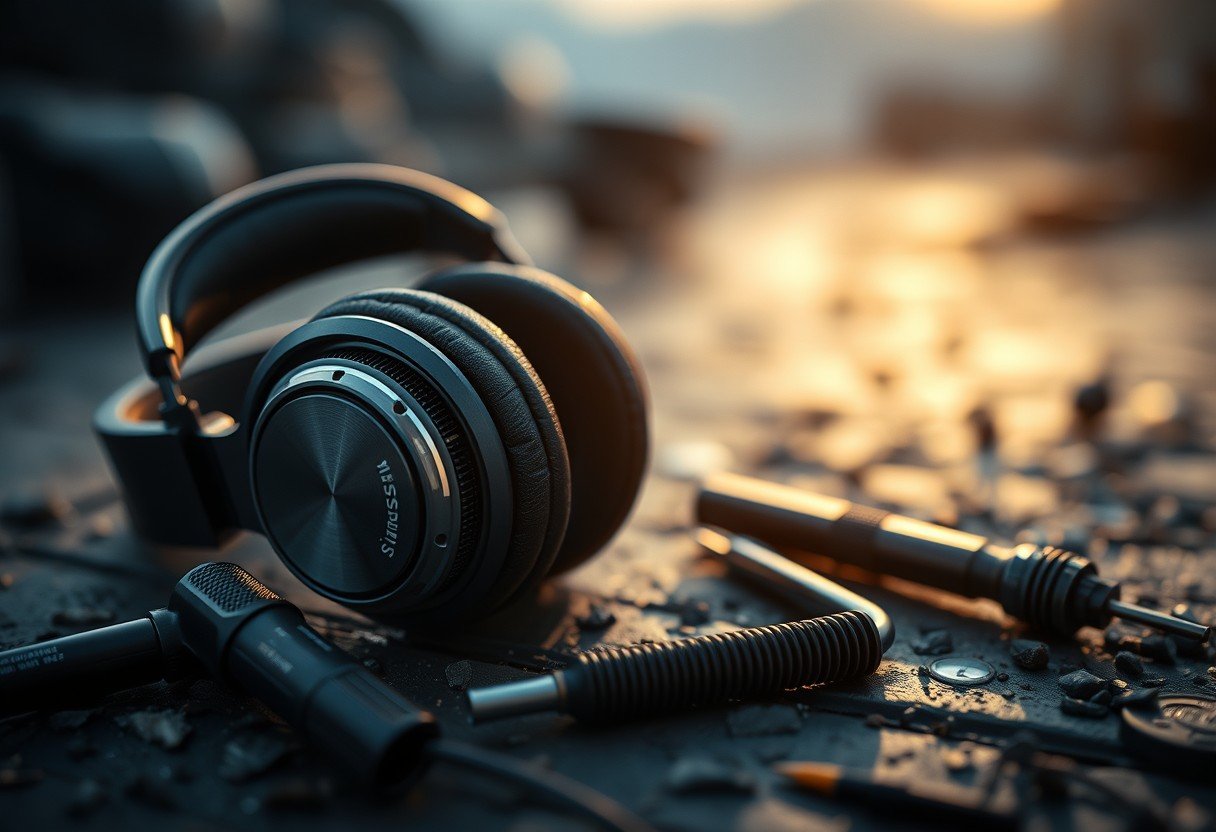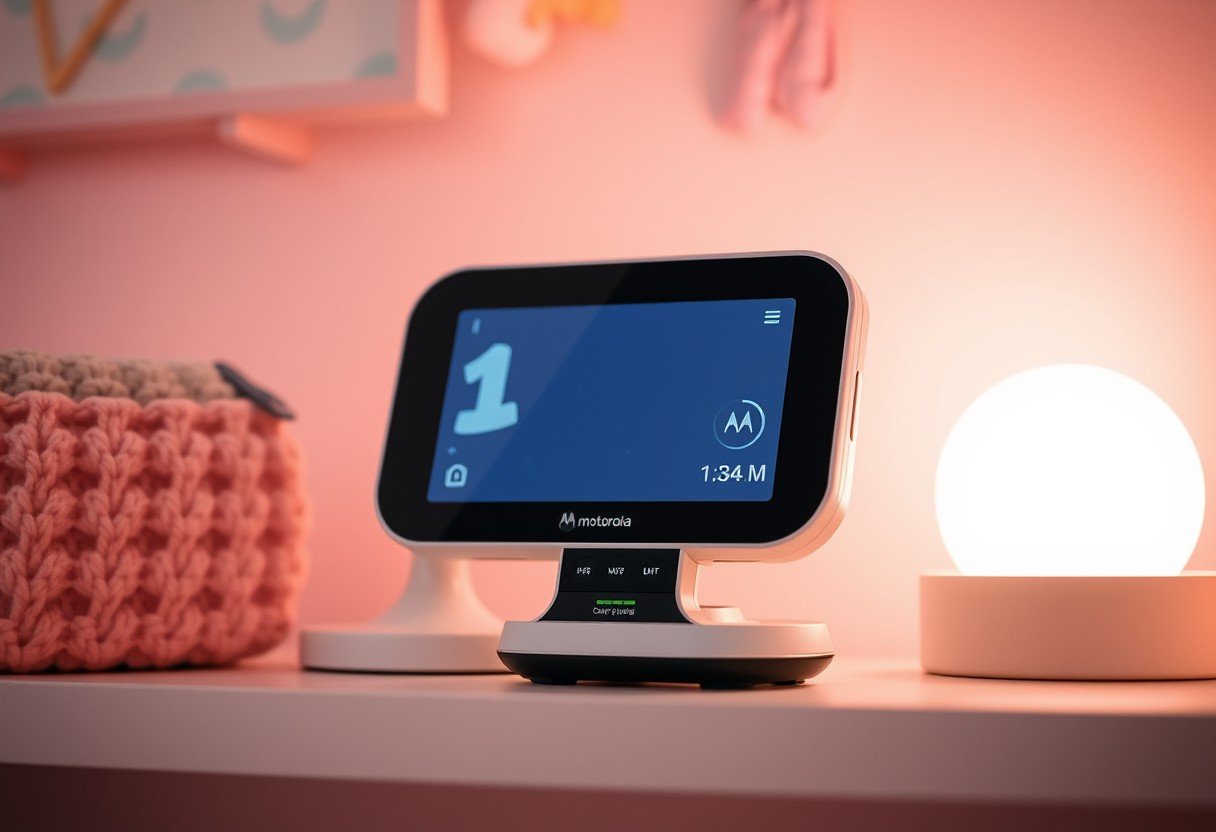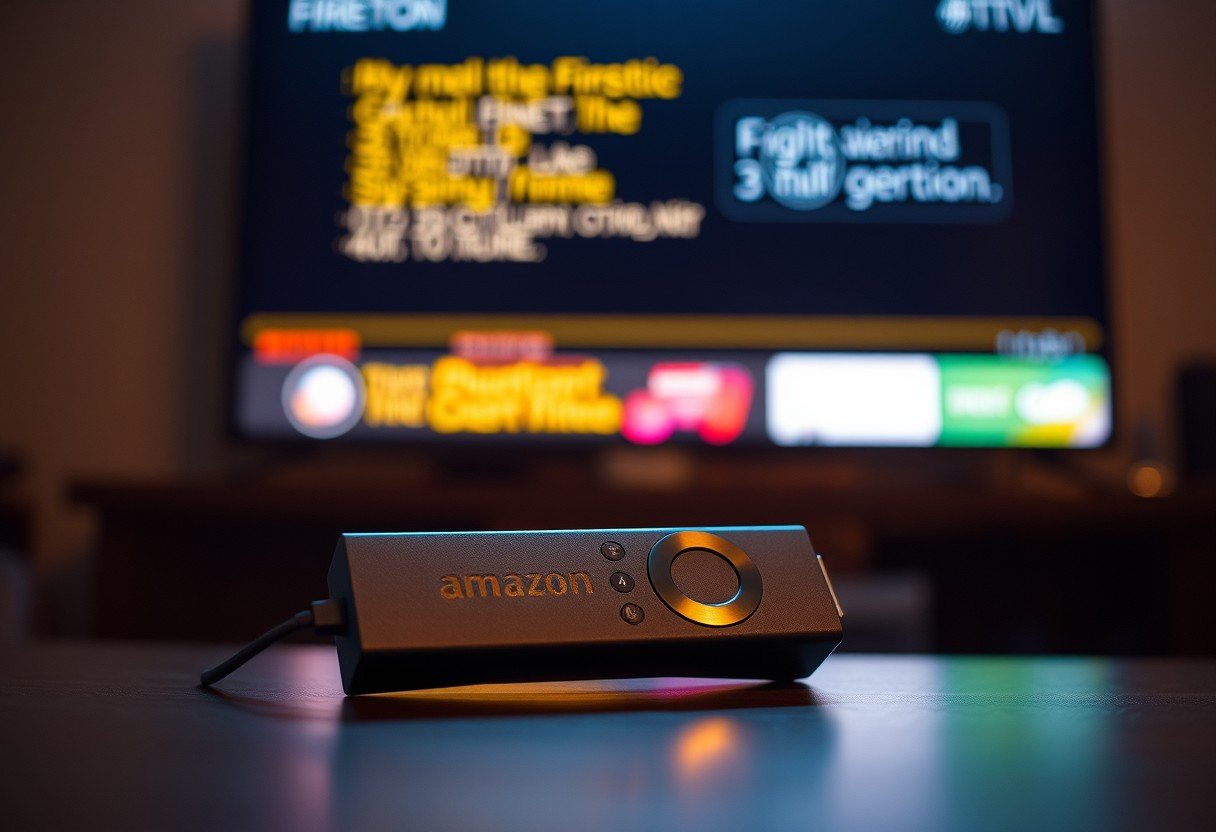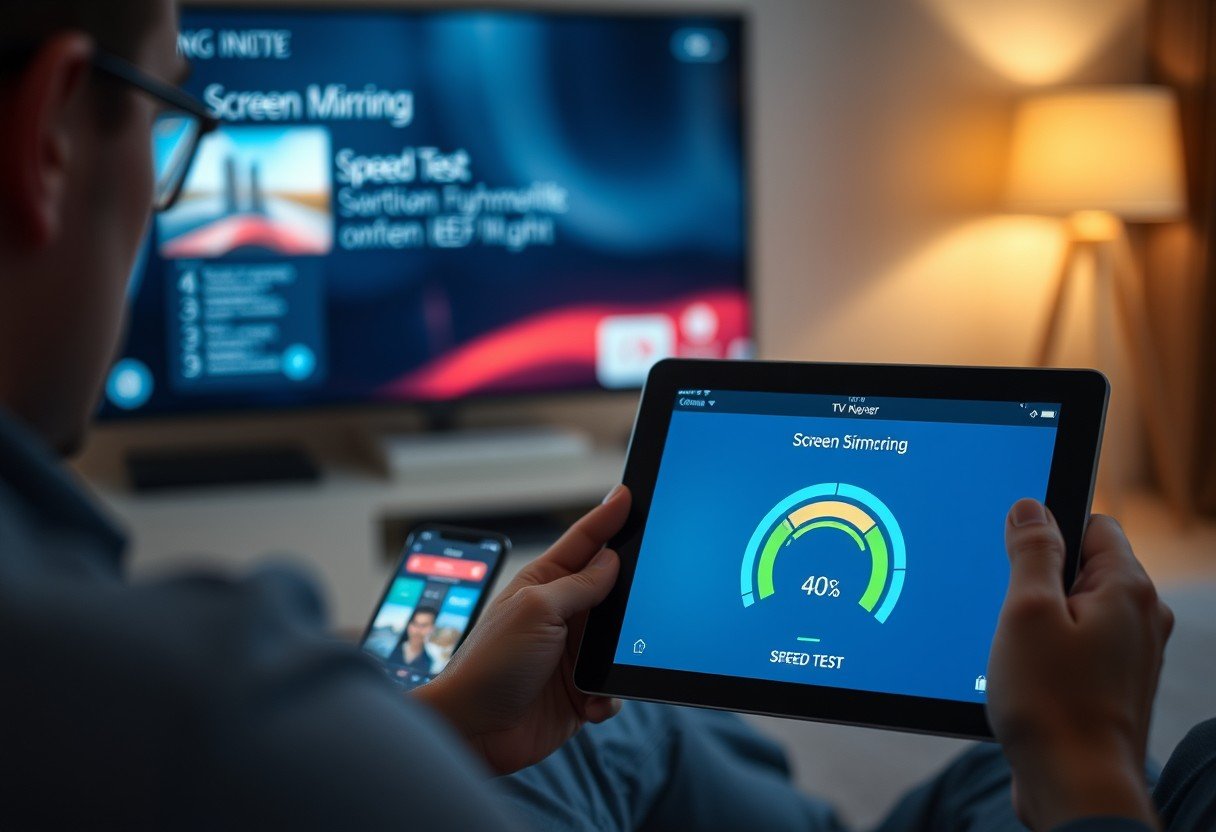Investing in a good pair of headphones means you want them to last. Sennheiser is a brand known for excellent audio, but how do they hold up to daily use? Understanding their build quality, materials, and design choices is key. This guide explores why Sennheiser headphones are often considered a durable choice for both casual listeners and audio professionals, ensuring you get long-term value from your purchase.
What Makes Sennheiser Headphones So Tough?
One of the main reasons Sennheiser headphones have a reputation for longevity is their exceptional build quality. The company doesn’t cut corners when it comes to the materials used in its products.
Sennheiser strategically uses high-grade plastics, metals, and resilient padding materials. This choice ensures the headphones can resist common issues like scratches, minor impacts, and general wear from daily handling. You can feel the quality in the sturdy headbands and well-constructed ear cups.
Beyond materials, the company employs advanced construction techniques. Meticulous engineering and precision assembly mean that each component fits perfectly, reducing stress on joints and moving parts. This attention to detail during manufacturing is a core reason why these headphones can endure the rigors of everyday life.
A Look at Consumer vs. Professional Models
Sennheiser caters to different audiences, and the durability varies slightly between their consumer and professional lines. While both are built to last, the professional range is engineered for more demanding environments.
The consumer headphones are designed for everyday users. They offer a great balance of comfort, sound quality, and durability for activities like commuting, exercising, or relaxing at home. They are built to withstand the typical bumps and jostles of a busy lifestyle.
Professional models, on the other hand, are crafted for audio engineers, musicians, and audiophiles who use their headphones for hours every day. These headphones often feature reinforced parts and higher-quality materials to endure constant use in studios or live settings.
Here’s a simple breakdown of the key differences:
| Feature | Consumer Range | Professional Range |
|---|---|---|
| Primary Use | Casual listening, commuting, home audio | Studio mixing, monitoring, critical listening |
| Key Materials | High-quality plastics, comfortable padding | Reinforced metals, durable plastics, replaceable parts |
| Design Focus | Style, comfort, and portability | Accuracy, extreme durability, and serviceability |
The Role of Design in Headphone Longevity
A smart design is just as important as strong materials. Sennheiser excels by creating headphones where individual components are designed to handle stress effectively. This intelligent engineering is crucial for long-term reliability.
For example, many models feature reinforced hinges and flexible headbands that can withstand bending and stretching without snapping. The ear pads are not only comfortable but also made from materials that resist deterioration from sweat and oils over time.
A standout feature in many Sennheiser models is the replaceable parts design. This is especially common in their professional range. Instead of throwing away the entire unit when a cable frays or an ear pad wears out, you can simply order and swap out the damaged component. This significantly extends the usable lifespan of the headphones and makes them a more sustainable investment.
How to Extend the Life of Your Headphones
Even the most durable headphones benefit from proper care. With a few simple habits, you can ensure your Sennheiser headphones perform optimally for years to come. Regular maintenance prevents common issues and preserves both the sound quality and physical condition of your device.
Handling and storage are the two most important aspects of headphone care. Tossing them into a bag without protection can lead to scratches, cable damage, and stress on the joints. Being mindful of how you use and store them makes a huge difference.
Here are a few essential tips to follow:
- Store Them Properly: Always use a protective case or pouch when you’re not using your headphones. This shields them from dust, moisture, and accidental impacts.
- Handle Cables with Care: Avoid yanking the cable to unplug it. Always grip the plug itself. Also, try not to wrap the cable too tightly, as this can cause internal wires to break over time.
- Clean Them Regularly: Use a soft, dry cloth to wipe down the headband and ear cups. If the ear pads are removable, you can clean them gently with a slightly damp cloth to remove oils and dirt.
Additionally, try to avoid exposing your headphones to extreme heat or cold, as this can damage the internal components and weaken the plastic materials over time. Gentle handling is key.
Understanding Sennheiser’s Warranty and Support
A company’s confidence in its product’s durability is often reflected in its warranty. Sennheiser backs most of its products with a solid two-year warranty. This coverage protects you against any manufacturing defects that might cause the headphones to fail prematurely.
Knowing you have this protection provides peace of mind with your purchase. If an issue arises due to a flaw in workmanship or materials within the warranty period, Sennheiser’s customer service will guide you through the resolution process.
Their support system is designed to be helpful and efficient. Depending on the problem, the company offers repair or replacement options. This commitment to customer satisfaction ensures that your investment is protected, and you can get back to enjoying your music as quickly as possible.
What Do Real Users Say About Durability?
Online reviews and forum discussions are filled with praise for the long-lasting nature of Sennheiser headphones. Many users report their headphones working perfectly even after five or more years of regular use, which is a testament to their build quality.
Customers frequently highlight the robust construction and comfortable fit as major positives. Whether for travel, work, or home listening, the consensus is that they can handle daily wear and tear exceptionally well.
However, no product is perfect. Some common issues reported after several years of heavy use include the deterioration of ear padding and the fraying of cables, particularly on models where the cable is not detachable. Fortunately, for many popular models, these parts are replaceable, allowing users to easily fix these common wear-and-tear problems.
Frequently Asked Questions about Sennheiser Durability
How long do Sennheiser headphones typically last?
With proper care, many users report their Sennheiser headphones lasting for 5 to 10 years, and sometimes even longer. The lifespan depends on the model, usage frequency, and how well they are maintained.
Are the more expensive Sennheiser models more durable?
Generally, yes. Higher-end and professional models often use more premium materials like metal and have features like replaceable cables, which contribute to a longer potential lifespan compared to entry-level consumer models.
What is the most common point of failure on headphones?
For most headphones, including Sennheiser, the most common issues over time are cable fraying near the jack or earcups and the wearing out of ear pads. Choosing a model with a detachable cable can help mitigate the first issue.
Does the Sennheiser warranty cover accidental damage?
No, the standard Sennheiser warranty typically covers manufacturing defects in materials and workmanship. It does not cover damage from accidents, misuse, or normal wear and tear.
Are Sennheiser headphones easy to repair?
Many of Sennheiser’s mid-range to high-end models are designed with serviceability in mind. Parts like ear pads, cables, and even some headband components are often available for purchase and are easy to replace yourself.








Leave a Comment